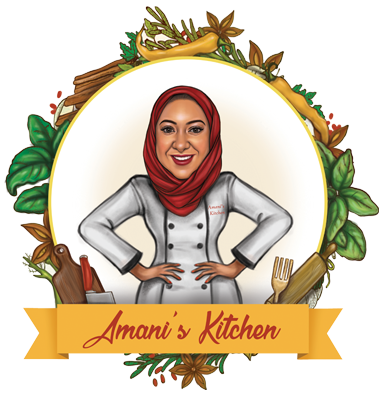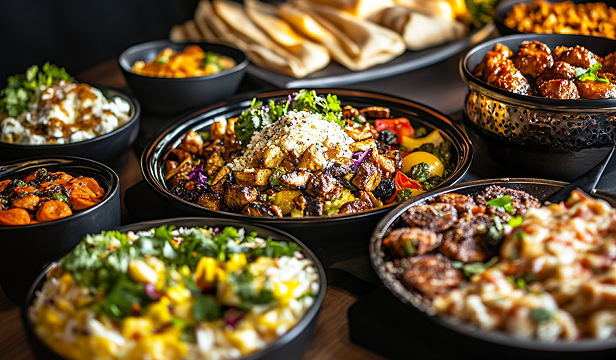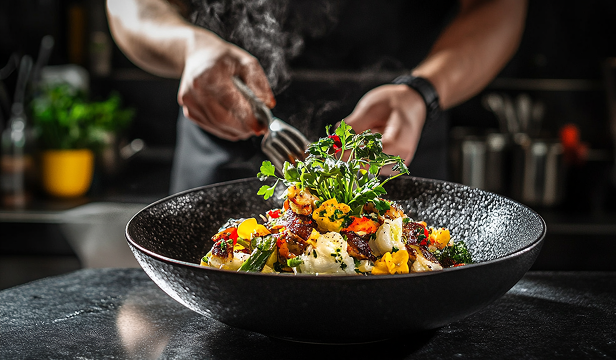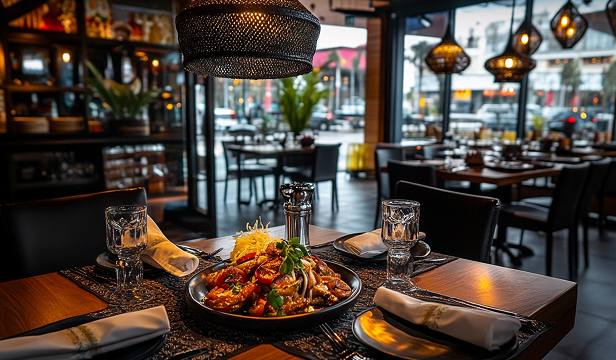Introduction Middle Eastern art is renowned for its intricate patterns, rich colours, and deep cultural…
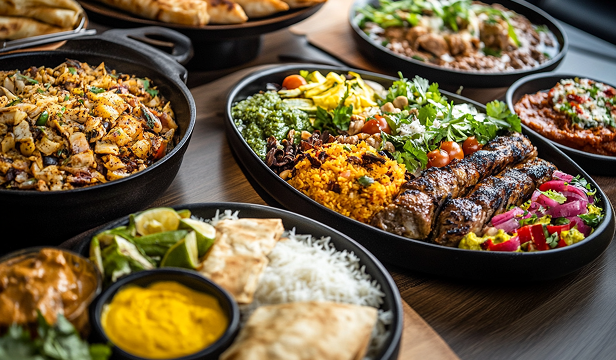
Food as Art: How Culinary Creations Resemble Masterpieces
Introduction
Food has long transcended its primary function of sustenance to become a form of artistic expression. Just as painters use colour and texture to craft masterpieces on canvas, chefs employ ingredients, plating techniques, and culinary innovation to create visually stunning dishes. The intersection of food and art is evident in haute cuisine, fine dining, and even everyday meals where creativity plays a central role.
The Artistic Elements of Culinary Creations
Much like traditional art forms, culinary artistry involves key design principles that elevate a dish from mere sustenance to a visual and sensory experience. These include:
- Composition and Plating: The arrangement of ingredients on a plate follows artistic rules such as balance, symmetry, and contrast, akin to the structuring of visual art.
- Colour Theory: Just as artists use colour palettes to evoke emotion, chefs carefully select ingredients to create visually striking dishes. Bright, complementary colours enhance aesthetic appeal.
- Texture and Form: The juxtaposition of different textures—crispy, smooth, velvety, and crunchy—creates depth and complexity, similar to the layered techniques used in sculpture and painting.
- Negative Space: High-end culinary presentations often embrace minimalism, allowing empty space on a plate to emphasize key elements, much like in modern art.
Culinary Inspiration from Art Movements
Chefs frequently draw inspiration from renowned art movements, incorporating stylistic elements into their dishes:
- Impressionism: Dishes featuring fluid, organic presentations with vibrant hues, akin to the brushstrokes of Monet and Renoir.
- Abstract Expressionism: Bold and unpredictable splashes of sauces, powdered ingredients, and asymmetrical plating reminiscent of Pollock’s drip paintings.
- Minimalism: Clean, simple plating where a few carefully chosen elements stand out, inspired by artists like Donald Judd and Agnes Martin.
- Baroque and Rococo: Highly detailed, ornate presentations with elaborate garnishes, reminiscent of lavish still-life paintings.
Famous Examples of Food as Art
Throughout history, numerous chefs have blurred the line between cuisine and fine art:
- Ferran Adrià (El Bulli): A pioneer of molecular gastronomy, his avant-garde dishes challenge the perception of food through unique textures, deconstructions, and artistic presentation.
- Massimo Bottura (Osteria Francescana): Known for his dish Oops! I Dropped the Lemon Tart, which turns an accidental-looking splatter into an intentional artistic statement.
- Grant Achatz (Alinea): Creates interactive, multi-sensory dining experiences where food is painted onto the table or served in edible balloons.
- Joël Robuchon: A master of precision, his plated dishes are admired for their symmetry, elegance, and striking colour compositions.
The Evolution of Edible Art
With the rise of social media, food photography has further solidified the relationship between culinary creations and visual artistry. Instagram and Pinterest have transformed food into a digital art form, encouraging chefs and home cooks alike to prioritise aesthetics.
Moreover, contemporary dining experiences continue to push artistic boundaries, incorporating elements like:
- 3D food printing to create intricate edible sculptures.
- Edible flowers and gold leaf to enhance visual elegance.
- Interactive plating experiences, where diners participate in assembling their own artistic creations.
Conclusion
Food as an art form is a testament to human creativity and ingenuity. Whether in a Michelin-starred restaurant or a beautifully plated homemade meal, culinary expression mirrors the depth and diversity of traditional artistic disciplines. As chefs continue to innovate, the world of food will remain an evolving canvas of edible masterpieces, proving that gastronomy is as much about aesthetics as it is about flavour.
